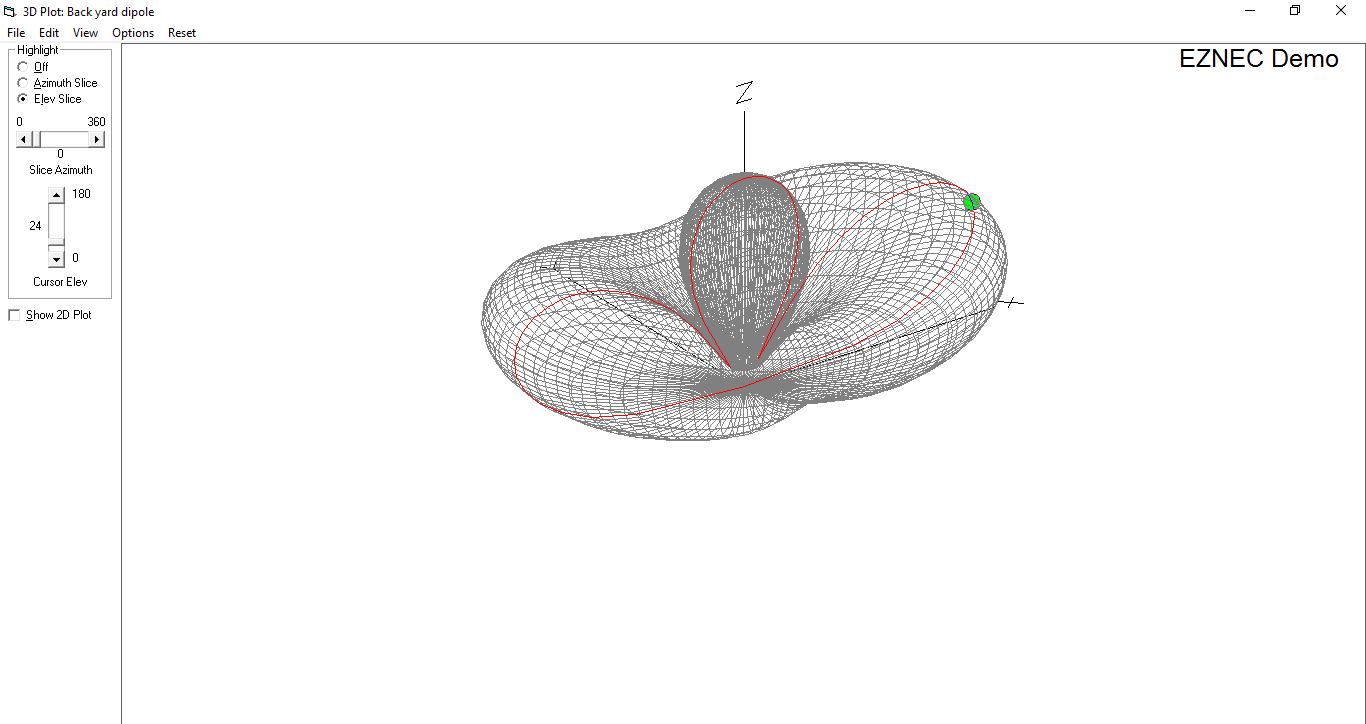Hi Ed,
the isotropic radiator is a theoretical concept for an antenna that is 100% efficient, sits in free space and radiates equally in all directions. It is used as a reference, to express performance of another antenna.
The decibel (dB) expresses a ratio between two values and it is dimensionless. However, dBi, dBm, dBc and other are not ratios but dimensions, that say how many times bigger or smaller a unit is compared to another. For example, 13dB means a certain power value is 20 times bigger than another, but 13dBm says “20 times bigger than 1mW”, which equates to 20mW.
It’s the same with antenna gain: 3dB means just 2 times bigger, but 3dBi means 2 times bigger (or stronger field generated) than the theoretical isotropic radiator.
You might ask yourself, “how can a dipole generate a stronger electromagnetic field than an isotropic radiator, when they are taking the same electric power input ?”. The trick to understanding antenna gain is that the overall field is not stronger, but it’s more concentrated in a certain direction. So, while overall a dipole and an isotropic radiator would put out the same energy, the isotropic radiator sends it evenly in all directions while the dipole concentrates it in the plane perpendicular to it’s axis. Mathematics has concluded that in this plane, the dipole generates a field 1.64 times (2.15dB) stronger than the isotropic radiator, therefore the dipole has a 2.15dBi gain. This happens at the expense of energy radiated along it’s axis.
But, this is in free space. As soon as you get close to any other objects, the dipole’s radiation pattern is distorted, forcing it to concentrate even more energy on certain directions and losing on others. Add another dipole of similar length close to your radiating dipole and parallel to it, you’ll see a huge shift in radiation pattern, with most energy going in just one direction. This is called an Yagi antenna :).
However, the biggest influence in radiation pattern comes from the most significant object close to your antenna, Planet Earth. It will force all the energy that was going to an entire plane 360 degrees around the free space dipole in just two narrow lobes. Depending on antenna height/position and the Earth’s conductivity & dielectric constant near your antenna, the lobes can be narrow enough that field strength on the best direction is almost 8 times (9dB) stronger that what the isotrope radiator would generate. It’s like a baloon that you squeeze, press on one side and it will expand towards another.
TL;DR - isotropic radiator spreads energy evenly, free space dipole concentrates energy in one plane, dipole close to Earth concentrates the same energy in just two lobes.
Razvan M0HZH / YO9IRF


